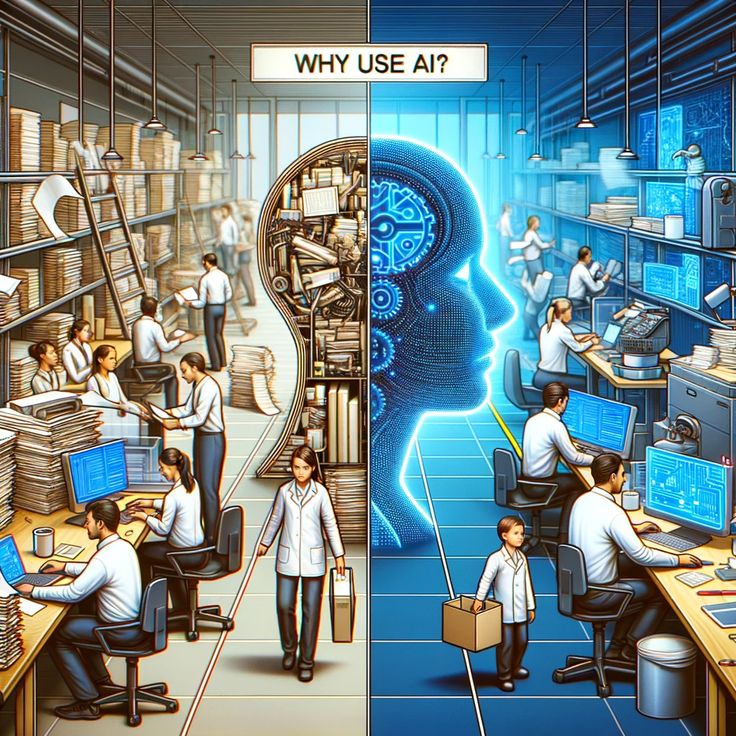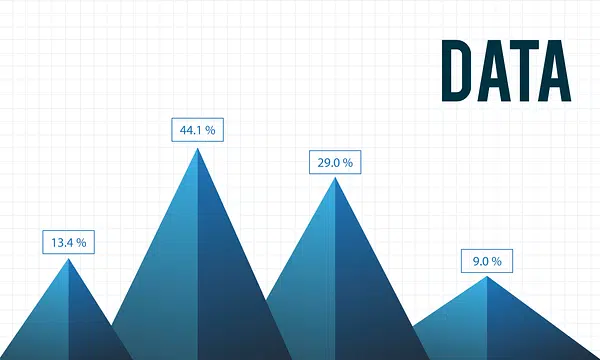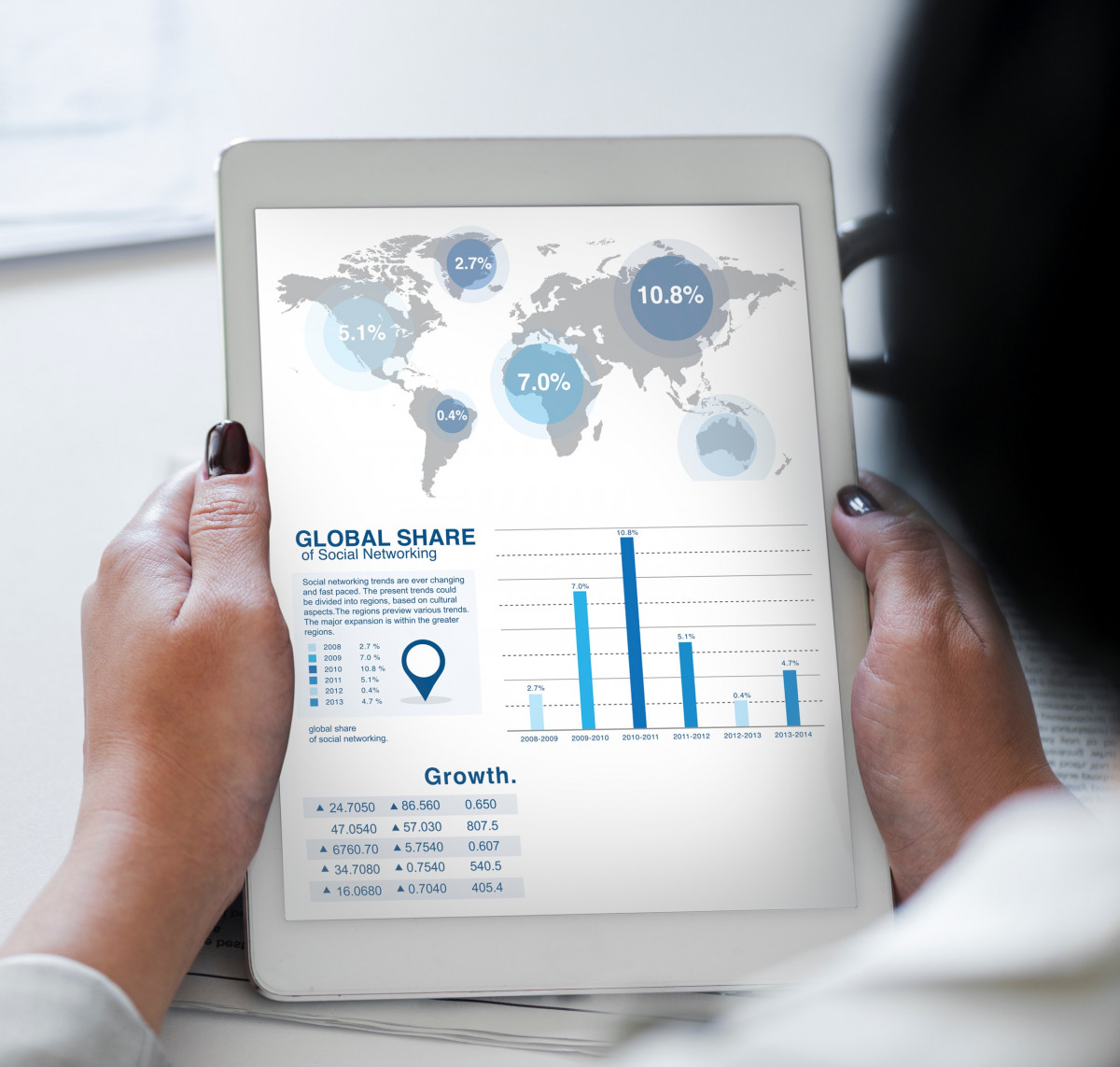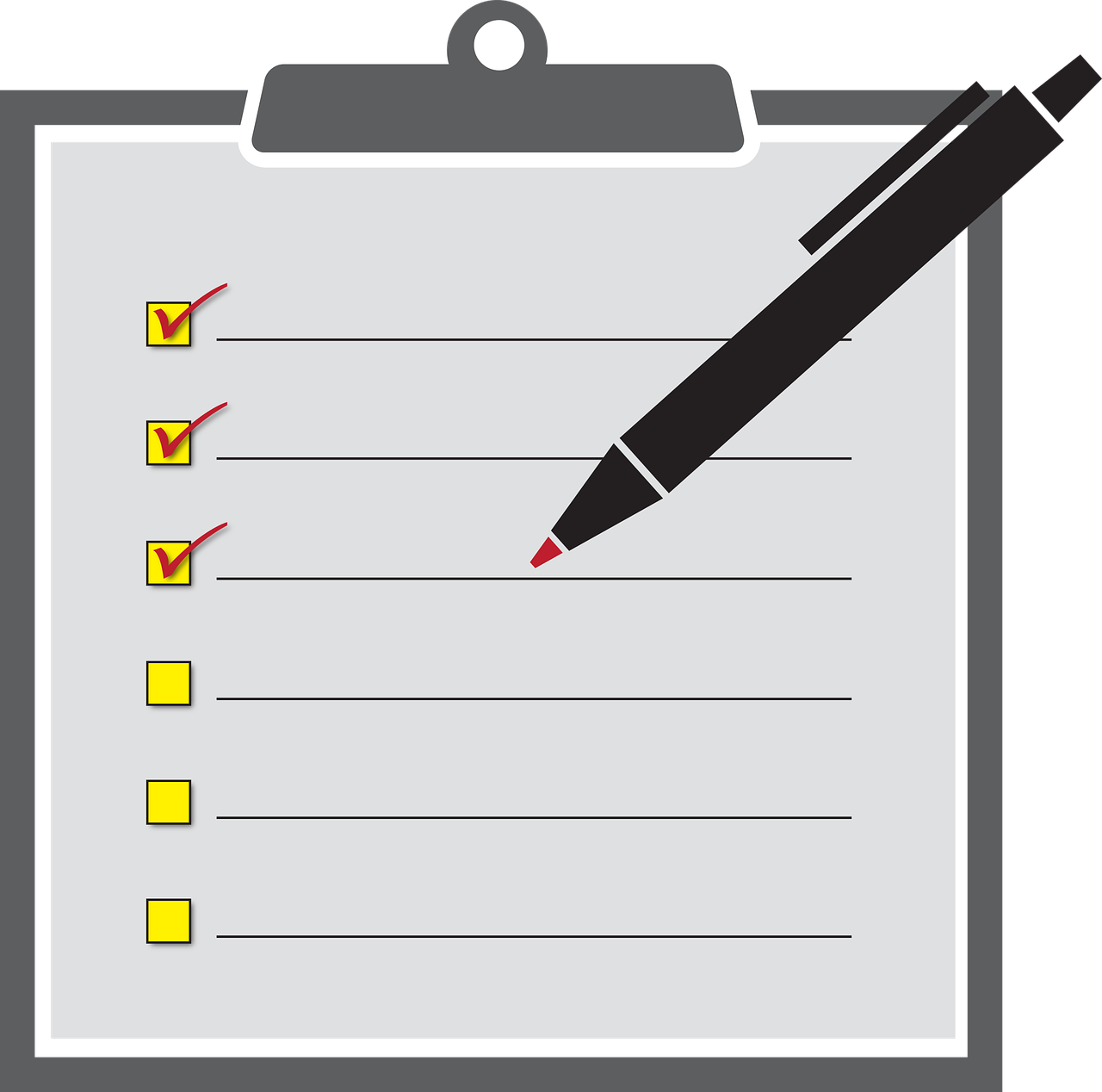The workplace has always been shaped by technology, from the invention of the typewriter to the rise of the personal computer.
Today, Artificial Intelligence (AI) stands at the forefront of a new revolution. AI tools are not only streamlining repetitive tasks but also transforming decision-making, creativity, collaboration, and business growth.
For companies striving to stay competitive, understanding how AI tools enhance productivity is no longer optional—it is essential.
This article explores how AI tools are reshaping workplace productivity, their benefits, challenges, and real-world examples. By the end, you will understand why organizations worldwide are rapidly adopting AI as a central driver of efficiency and innovation.
The Evolution of Workplace Technology
Workplace productivity has always been influenced by available tools. For decades, businesses relied on manual processes before computers transformed operations.
The internet accelerated this progress, allowing real-time communication and global collaboration. Now, the introduction of AI marks the next chapter.
AI is not merely another digital tool—it is an adaptive system capable of learning, predicting, and automating. It goes beyond assisting workers; it empowers them to achieve goals faster and smarter.
How AI Tools Improve Workplace Productivity
A. Automating Repetitive and Time-Consuming Tasks
One of AI’s biggest contributions is the ability to handle repetitive tasks.
-
Email sorting and prioritization
-
Scheduling meetings across multiple time zones
-
Data entry and document classification
-
Customer inquiries via chatbots
By automating these processes, employees free up valuable time to focus on higher-level activities that demand human creativity and problem-solving.
B. Enhancing Collaboration and Communication
AI-powered collaboration tools integrate with platforms like Slack, Microsoft Teams, and Zoom to:
-
Translate conversations instantly across languages
-
Summarize long threads into concise action points
-
Provide smart recommendations during meetings
This eliminates confusion, reduces delays, and ensures that teams remain on the same page.
C. Data-Driven Decision Making
AI tools analyze massive datasets in seconds, turning raw information into actionable insights. For example:
-
Marketing teams can predict customer behavior
-
Finance departments can detect fraud patterns
-
Operations managers can forecast supply chain risks
With faster access to accurate data, leaders can make informed decisions that improve efficiency and reduce costly errors.
D. Boosting Creativity and Innovation
Contrary to the belief that AI stifles creativity, many tools now empower it:
-
Graphic design tools like Canva AI generate instant layouts
-
Copywriting assistants suggest engaging headlines
-
Video editing platforms automate subtitles and effects
These innovations accelerate the creative process, allowing professionals to spend more time refining ideas rather than executing repetitive tasks.
E. Personalized Learning and Training
AI-driven training platforms analyze employee performance and adapt learning paths accordingly. Instead of one-size-fits-all courses, workers receive personalized recommendations that address their strengths and weaknesses. This accelerates skill development and ensures teams remain competitive in evolving industries.
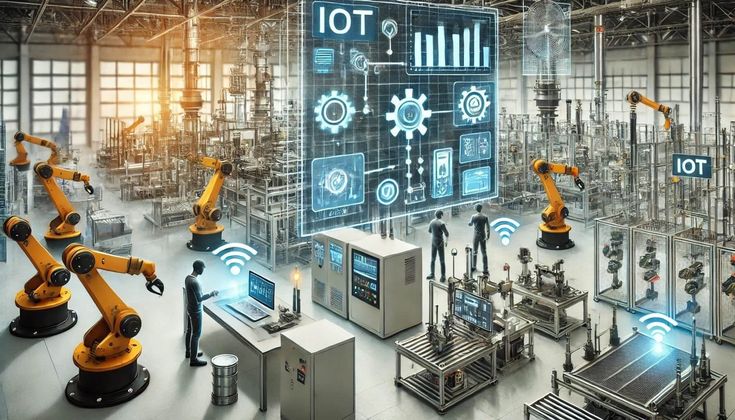
Real-World Applications of AI Tools in the Workplace
A. Customer Service
AI chatbots such as ChatGPT, Zendesk AI, and Intercom handle thousands of queries simultaneously. They provide 24/7 support, reduce wait times, and free human agents to manage complex issues.
B. Human Resources
Recruitment software like HireVue and Pymetrics use AI to:
-
Screen resumes quickly
-
Assess candidate skills with predictive analytics
-
Reduce hiring bias
This ensures companies hire efficiently while focusing on talent retention.
C. Marketing and Sales
AI tools like HubSpot, Salesforce Einstein, and Jasper AI enable marketers to:
-
Personalize customer emails
-
Predict sales trends
-
Optimize ad targeting
This precision enhances ROI and improves campaign performance.
D. Project Management
Platforms such as Asana and Trello now integrate AI to predict deadlines, recommend task prioritization, and track team performance in real time.
E. Cybersecurity
AI tools detect unusual activity, identify security breaches faster than human teams, and continuously adapt to emerging cyber threats.
Benefits of AI Tools in Workplace Productivity
A. Time Efficiency
AI significantly reduces the hours spent on manual tasks, enabling employees to focus on strategic goals.
B. Cost Reduction
Automating workflows lowers operational expenses by minimizing the need for excessive manpower.
C. Higher Accuracy
AI reduces human error in data entry, analysis, and reporting.
D. Scalability
Companies can easily scale operations without dramatically increasing costs by leveraging AI-powered systems.
E. Employee Satisfaction
By offloading mundane tasks, employees experience less burnout and greater job satisfaction.
Challenges of Implementing AI Tools
A. High Initial Costs
Investing in AI software, infrastructure, and training can be expensive for small businesses.
B. Job Displacement Concerns
While AI creates new roles, it also eliminates some traditional positions, raising fears among workers.
C. Data Privacy Issues
AI relies on vast amounts of personal and corporate data. Ensuring compliance with regulations like GDPR is crucial.
D. Over-Reliance on AI
Businesses risk becoming too dependent, leading to vulnerability in case of technical failures.
E. Ethical Considerations
Bias in AI algorithms can perpetuate inequality if not carefully monitored.
Future of AI Tools in the Workplace
A. Integration with IoT and Cloud Systems
As more companies adopt cloud computing and Internet of Things (IoT) devices, AI will serve as the brain that connects everything.
B. Democratization of AI Tools
AI will become more affordable and accessible, empowering small businesses to compete with large corporations.
C. Voice and Conversational AI
Natural language processing will improve, allowing workers to interact with AI systems through voice seamlessly.
D. Industry-Specific AI Solutions
From healthcare diagnostics to legal contract review, specialized AI tools will transform niche industries.
E. Human-AI Collaboration
The future is not about AI replacing humans but humans and AI working side by side to maximize potential.
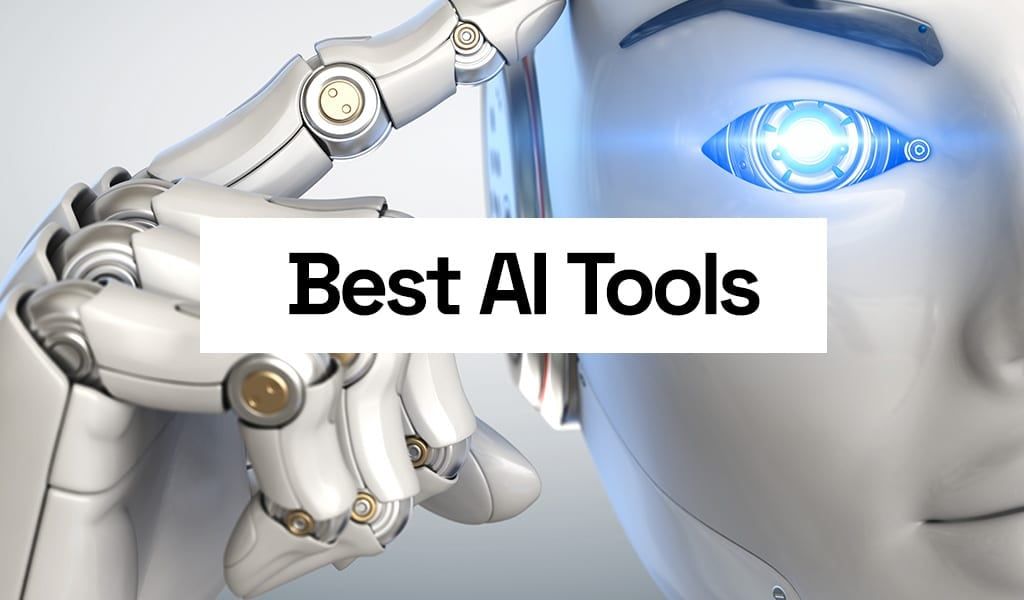
Practical Tips for Businesses Adopting AI Tools
A. Start Small
Begin with one department, such as customer service or marketing, before scaling across the organization.
B. Provide Employee Training
Equip staff with knowledge on how to use AI tools effectively.
C. Ensure Data Quality
AI outputs are only as good as the data input. Maintaining clean, accurate data is critical.
D. Monitor Ethical Use
Regularly audit AI systems to prevent bias and misuse.
E. Continuously Update Tools
Technology evolves rapidly—keep systems updated for maximum efficiency and security.
Conclusion
AI tools are no longer futuristic concepts; they are practical solutions transforming workplace productivity today.
From automating repetitive tasks to enabling data-driven insights, AI enhances efficiency across every industry.
While challenges exist—such as costs, data privacy, and ethics—the benefits outweigh the risks. Companies that embrace AI wisely will not only survive but thrive in the new digital era.
The workplace of the future is not man versus machine—it is man with machine. Organizations that understand this partnership will unlock unprecedented growth, efficiency, and innovation.

